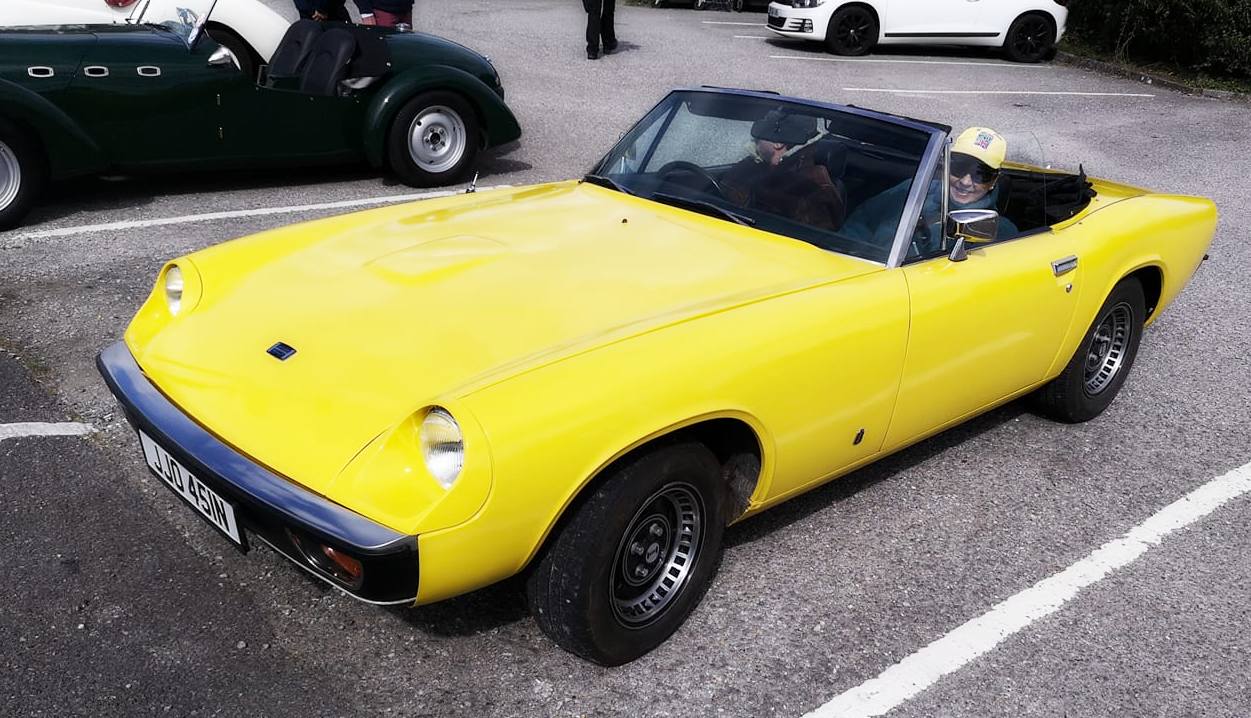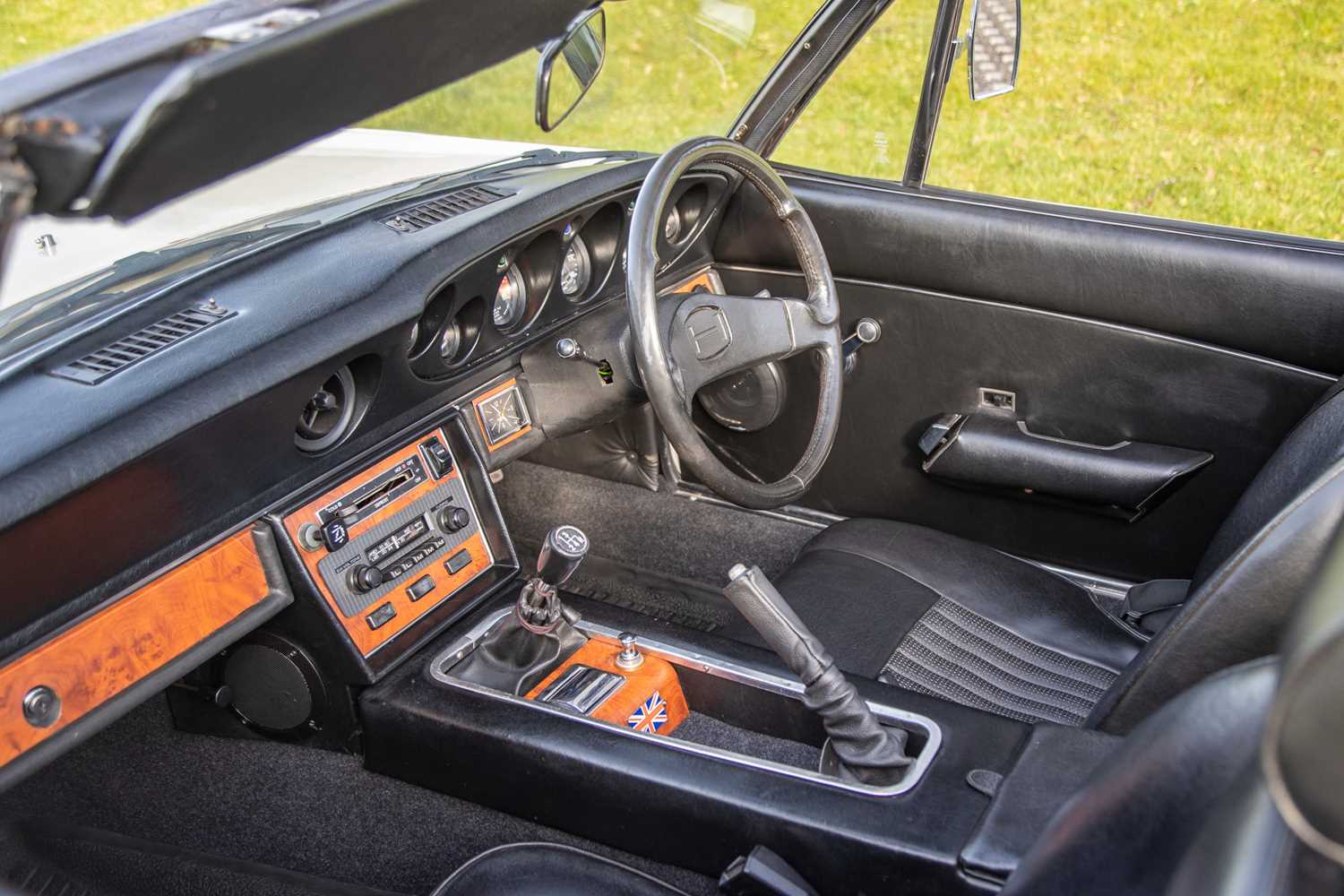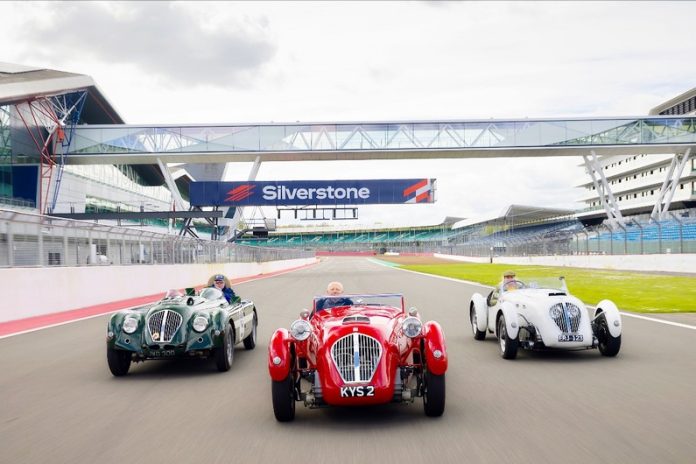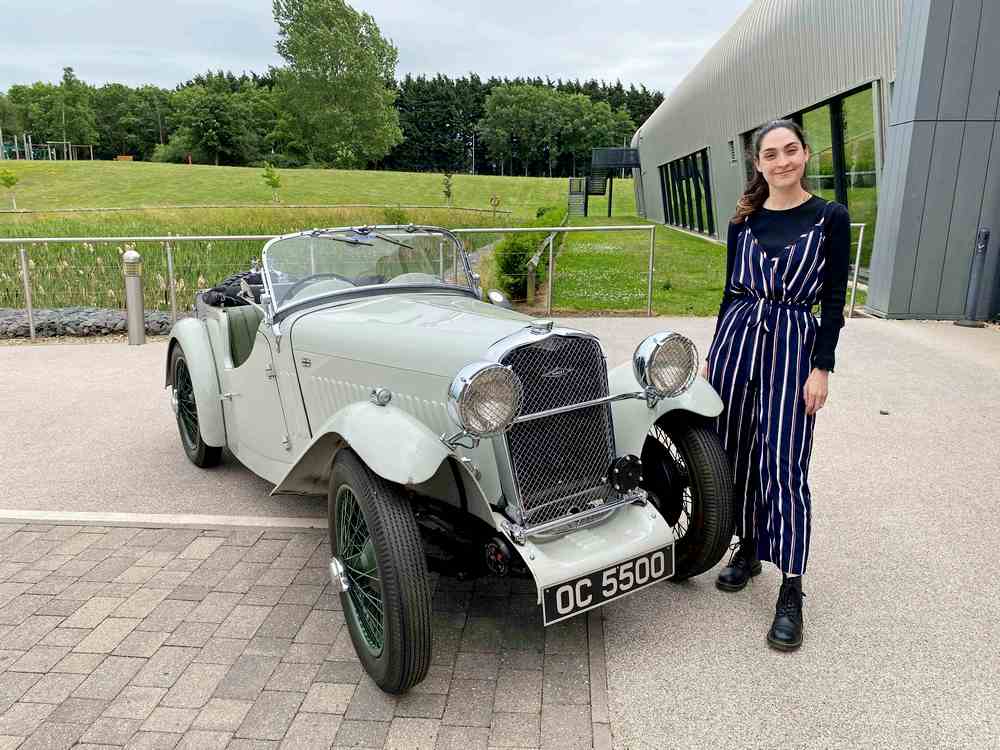It is unusual for a car marque to celebrate two anniversaries – a new car/marque is launched on a certain date and the anniversary of that launch will be celebrated every subsequent twelve months with particular emphasis being put on the 25th, 50th, etc. anniversaries. However, the launch of the Jensen-Healey, in March 1972, was such a rushed affair, resulting in the early cars (Mk. I) being plagued with problems, not the least of which was the oil leaks from the Lotus 907 engine, that there are those who believe the “real” Jensen-Healey was not launched until the release of the Mark II version in August 1973. On that basis, Rod Graham, editor of the Healey Driver’s Club’s ‘Headlines for Healeys’ magazine, asked me to write a piece celebrating the 50th Anniversary of the Jensen-Healey Mk.II. This article is based on the one that I published on the Car Scene International website last year, celebrating the J-H’s 50th anniversary, so inevitably, there are sections which appear in both articles, starting with the following –
The Concept
How did the concept of a Jensen-Healey sportscar evolve? The general belief is that Kjel Qvale (KQ) (born in Norway in 1919 and moving to the U.S., with his family, in 1929), owner of British Motor Car Distributors Ltd., based in San Fransico, was sorely missing the sales of the Austin Healey 3000 that British Leyland’s Donald Stokes had unceremoniously axed in 1967. He needed to find a replacement and thought that Jensen Motors Ltd., West Bromwich, builders of the “Big Healey” bodies from inception, would have the ability and capacity to manufacture a replacement for the Austin Healey 3000. In 1970, driven by that ambition, he bought a majority shareholding in Jensen from William Brandt & Sons Investment Bankers. As part of his plan, he soon appointed Donald Healey as chairman of Jensen Motors Ltd. Donald would give his illustrious name to the new car. Donald and his family were also missing the royalty income from the Austin Healey cars that he had conceived, so, this was a very logical and acceptable turn of events.
The above summary, which many accepted, including me before I became involved with the Healey Motor Company Archive, held by the Warwickshire County Record Office (WCRO), certainly contains most of the key elements. However, the one thing that it does not convey is the fact that Geoff Healey, supported by his father, Donald, who by this time was living back in Cornwall, had been designing a new sports car, capable of being produced in large numbers, well before the Jensen deal. The archive holds correspondence between KQ and DMH concerning detailed aspects of the car that the Healeys had been designing, particularly on how to bring it into production. The car would have been badged ‘Healey’ (see the badge design below), there was no question of a Jensen involvement at that stage, 1969.
It was at a later stage when it was realised that Jensen, with its previous experience of building painted and trimmed AH 100 > 3000 bodies, could be a possible candidate for building this new Healey sports car. Things moved rapidly after that, leading to KQ buying into Jensen Motors. It is important to understand that, at that point, it was the Healey X500 design, using Vauxhall engine/transmission and suspension components, that was being considered for production.
The development stage
From reading all the contemporary documents found in the Archive plus other material found on the internet, it can be concluded that from the time that KQ first contacted DMH in 1969 and the launch of the Jensen-Healey sports car at the Geneva Motor Show in March 1972 (it had originally been planned to launch it at the London Motor Show in October 1971 but delays in obtaining key components scuppered that plan) was one of the most frenzied periods ever experienced in the British Motor Industry. During that period the body design changed three times, from the Healey designed X500 (photo below) via a design by Hugo Poole (ex Chrysler U.K. stylist) to the ultimate William Towns modification to the Poole design. –
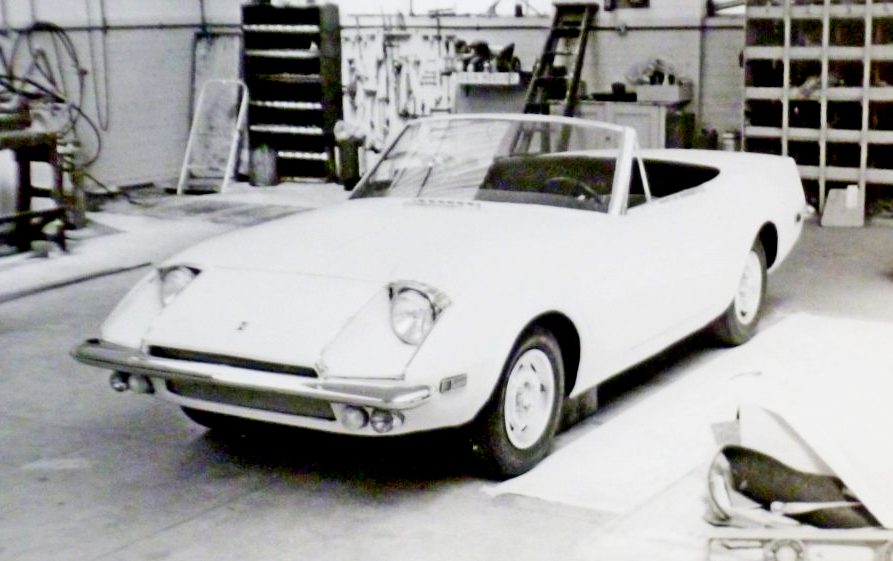
Whilst all that was going on, work on selecting an engine was no less frenetic and harrowing. It was soon realised that the Vauxhall 2.0 Ltr. slant four, (it was the slant of this engine which gave the X500 its low, aerodynamically efficient bonnet line) in a specification that complied with U.S. Federal emission laws, would not provide the required performance. This meant that a suitable alternative had to be found in double quick time. BMW, Ford, Mazda and Simca 4 and 6-cyl. engines were all considered at one time or the other. Fortunately (? – I add the question mark to reflect the consequences of the final decision) there was a parallel development in the British motor industry: Colin Chapman, of Lotus, had been developing an engine that had a very similar profile to that of the Vauxhall engine but with a DOHC cylinder head. Lotus used Vauxhall engine cast iron blocks (the production 907 engines had both blocks and head cast in aluminium) as slaves in the 900 series engine development. It is important to understand that, although they had common features, the Vauxhall engine and the Lotus engine were individually unique.
Jensen got wind of the development and saw the Lotus 907 engine as the answer to their prayers; Kjell Qvale soon struck a deal with Colin Chapman for Lotus to produce the Jensen-Healey engine. Disastrously, to keep the price down, Qvale agreed to take the engine without any warranty costs being chargeable to Lotus. The foolishness of that decision will appear in Business School curriculums forever more!
The Vauxhall gearbox was not considered robust enough for use in the Jensen-Healey, so, Kevin Beattie, Jensen’s Cheif Engineer, contacted his friends at Rootes, where he had been a ‘Pupil’ and a manager at their Australian facility, to see if it was possible for them to supply gearboxes used by the Sunbeam Rapier H120 car. Rootes agreed that it was possible and a deal was struck at a favourable cost to Jensen. To keep costs as low as possible, Vauxhall steering, suspension and braking components were retained from the original X500 design.
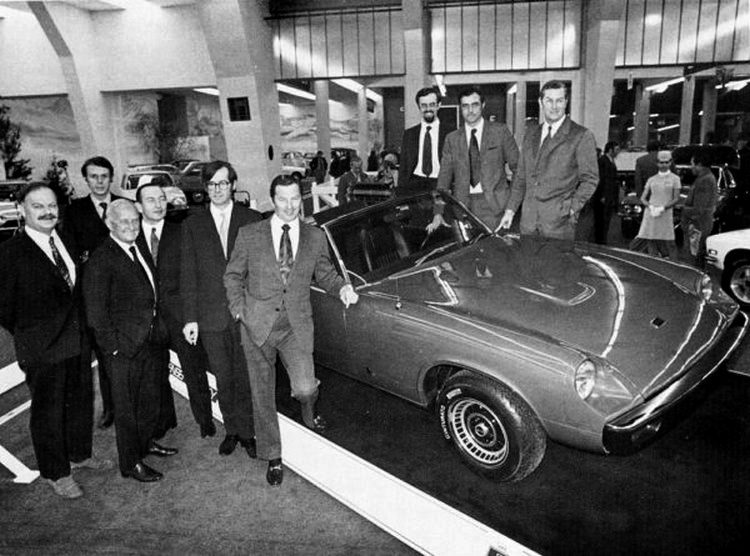
Production
I am not going to spend too much time and energy on this very complex and tortuous part of the Jensen-Healey story, it’s not pretty! Strangely, for a relatively low volume car, this part of the J-H history is all too well known, particularly the problems caused by using an underdeveloped Lotus 907 engine. Britain, at that time and particularly in the motor industry, was going through a troublesome period of industrial disruption. Jensen was certainly not immune, a number of ex Austin employees had been recruited to produce the Jensen-Healey. They were good workers but at Austin they had become accustomed to having robust Union representation, something that they brought with them to Jensen. Enough said!
The 1973 fuel crisis had a serious impact on Jensen’s fortunes, sales of both the Interceptor and Jensen-Healey were adversely affected. Sales and therefore, production, of the latter did not come anywhere near the figures that had been forecast.
An Overview
“Hindsight is a wonderful thing” is one of the greatest truisms in the English language, it certainly has its place in the Jensen-Healey story. My take on it, as a former Jensen employee (I had left well before the J-H period), is this –
- KQ’s ambition was too great, particularly as he did not have the necessary experience of running a manufacturing operation. To make matters worse, his management style lay in the ‘autocratic’ spectrum. This did not help with labour relations or general team building.
- The gestation period, at a time when CADCAM and other such aids were not available, was far too short.
- External factors such as the ‘oil crisis’ and industrial disruption had a severe negative effect on the J-H’s prospects.
All that sounds very negative and it is a sad fact that Jensen-Healey cars have had to live with that negativity for most of their existence. It is my perception that they are emerging from that period now, owners and prospective owners are beginning to realise how basically right the car was and is.
Jensen-Healey Mk. II
By the time the Mk.II was introduced in August 1973, most of the production and engineering problems had been solved, which, together with the cosmetic changes introduced made the J-H a much nicer car. Mk.IIs can be distinguished by their revised dashboards and consoles which feature woodgrain trim inserts Many detail improvements were introduced through the two-year production run, the most obvious being the Federally-mandated heavy impact bumpers on the last 2,200 cars (from approx. VIN 18300) and 5-speed Getrag gearboxes on the final 1,600 cars (from VIN 18900). Many customers ordered cars fitted with the optional hardtop. United States dealers were also able to offer a retrofit airconditioning unit which had been developed in that country.
Production Numbers
| Model | Dates | Numbers |
| Jensen Healey Mark I | March 1972 – May 1973 | VIN 10000 – 13349 (3356 manufactured) |
| Jensen Healey Mark II and JH5 | August 1973 – August 1975 | VIN 13500 – 20504 (7142 manufactured) |
| Jensen GT | September 1975 – May 1976 | VIN 3000 – 30510 (509 manufactured) |
Jensen Healey – a very successful racing car!
One other very positive thing that should be told about the Jensen-Healey, is its racing success. –
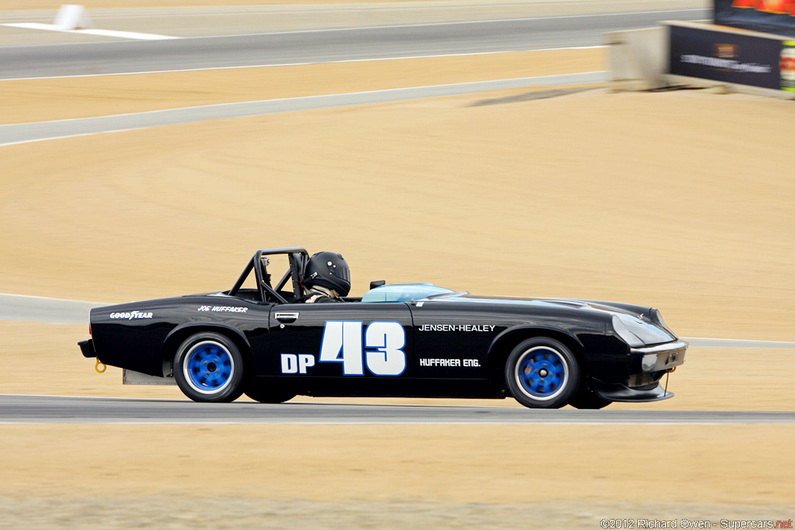
In 1973, Joe Huffaker, head of his eponymous engineering company based in San Rafael, CA., converted five Jensen-Healeys for club racing. Specifically, they were entered into the Group D – Production category of the SCCA series. Over the course of the 1973 season, Lee Mueller became the D-Production champion and the Jensen-Healey was victorious in its first season as a race car! The regulations, at that time, allowed engine modifications, Huffaker put his skills to full use in tuning the J-Hs Lotus DOHC engine, raising the standard engine’s 140 bhp to close to 200 bhp. The Vauxhall suspension was kept virtually standard except for the fitting of Koni shock absorbers and adjustable roll bars. A manual rack and pinion steering unit replaced the standard power-assisted one. The J-H went on to further successes in that period, in fact, they were champions in this class an incredible five times!
Even today Jensen Healeys continue to achieve success in HSCC historic sportscar racing around the world but particularly in the U.S.A. and U.K
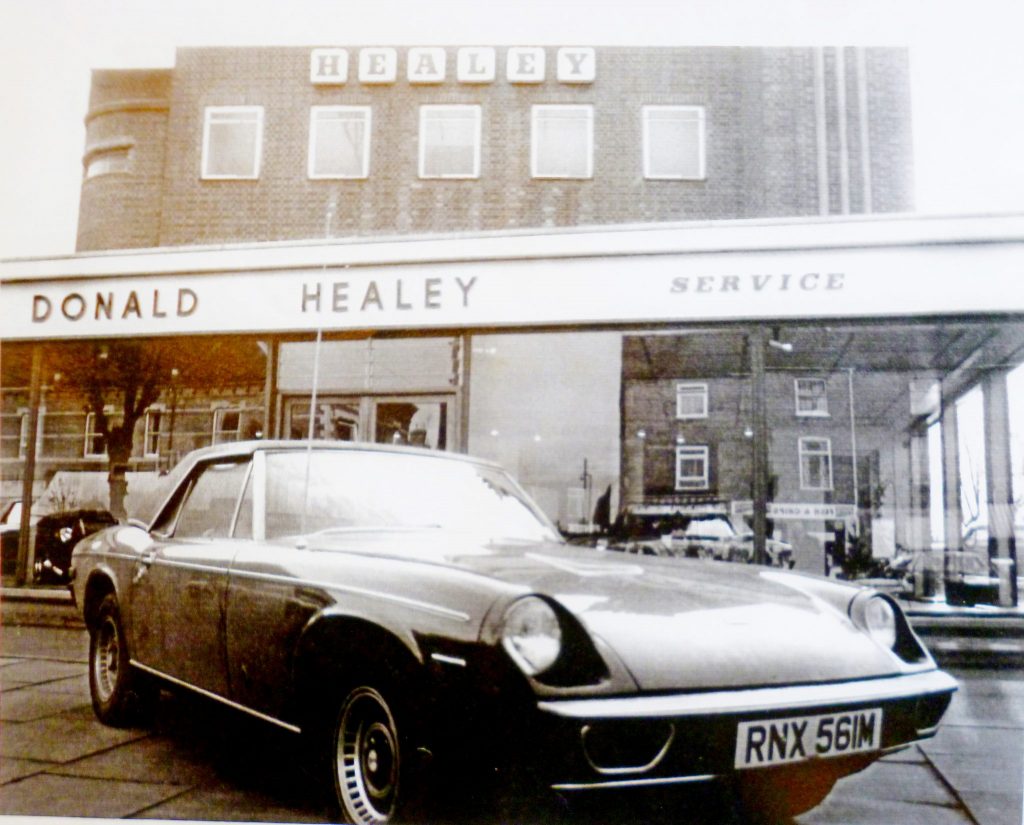
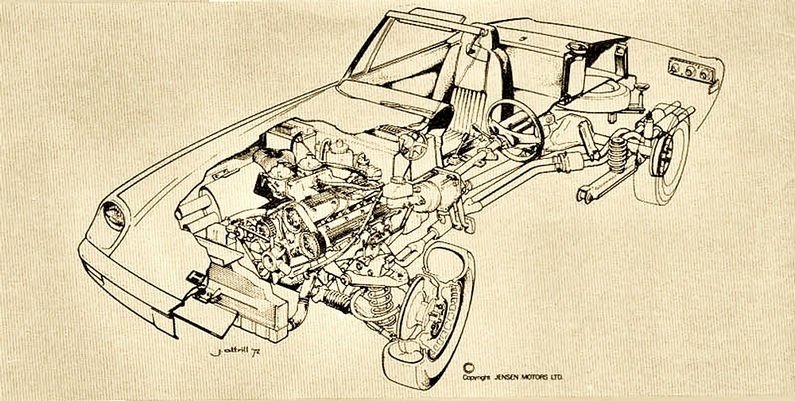
** CR Reference Numbers refer to photographs held by the Warwick Healey Archive
Nick
© carsceneinternational.com This copyright applies to both the text and all the photographs shown in this post. The copyright for photographs marked ** is held by the WCRO. For further information please contact info@carsceneinternational.com


